14 Best Looking Ferrari Models Ever Designed
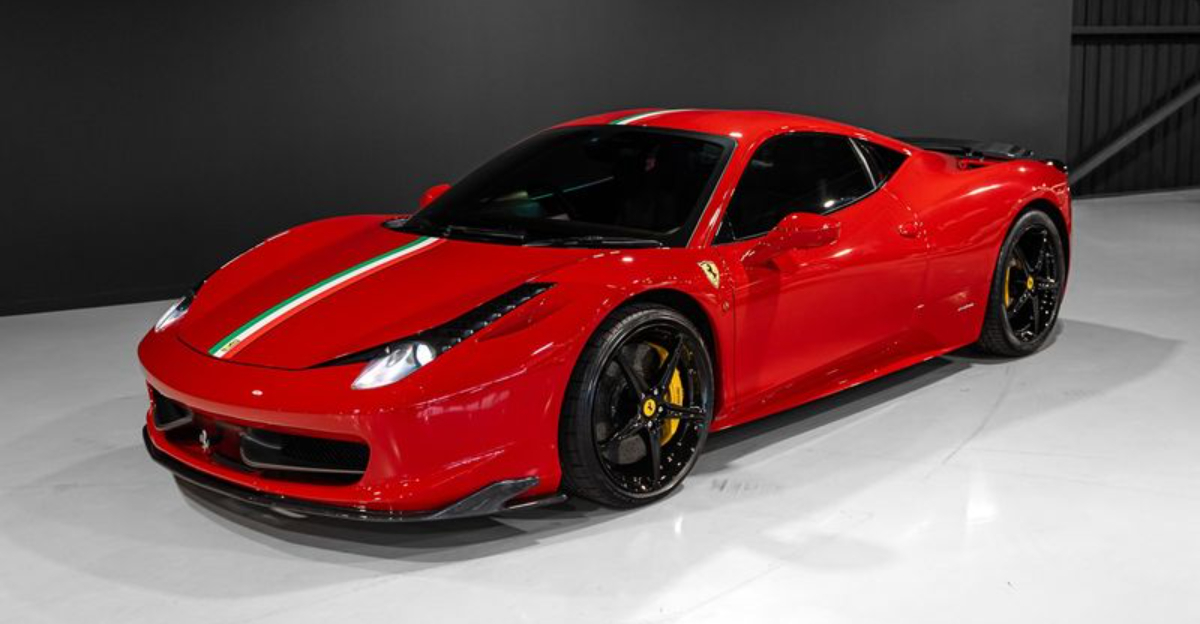
Ferrari has a way of turning metal and horsepower into rolling art.
Every curve, scoop, and detail speaks the language of speed and elegance, with designs that leave a lasting impression long after the engine goes quiet.
Some models whisper sophistication, others scream performance, but each one captures that unmistakable Ferrari magic.
Whether born in the era of hand-drawn sketches or sculpted with digital precision, these cars make a strong case for beauty living in the fast lane.
1. Ferrari 250 GTO
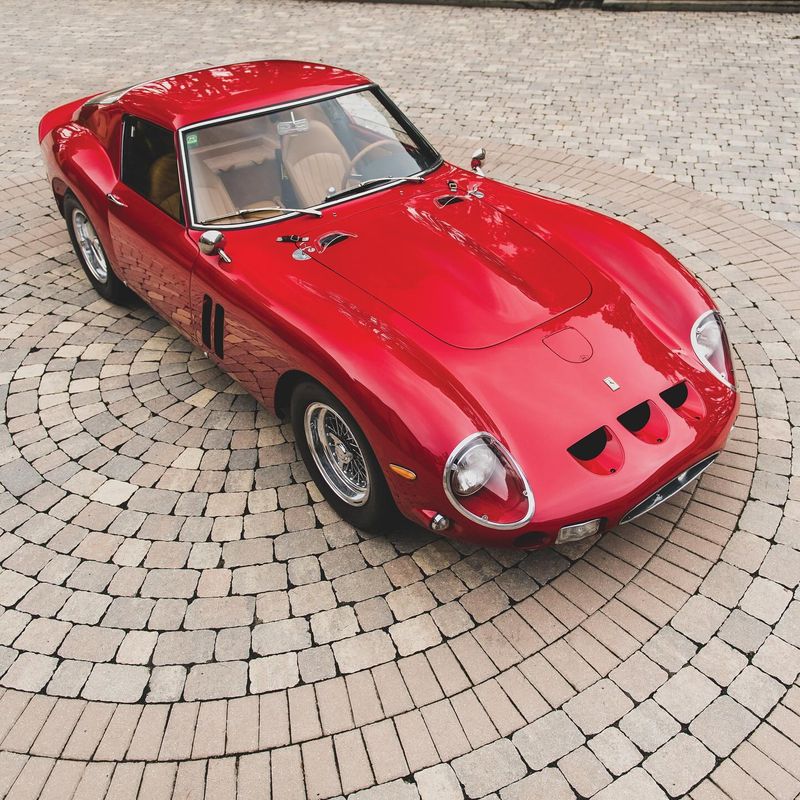
Only 36 examples of this automotive holy grail were ever produced between 1962 and 1964. The 250 GTO’s perfect proportions make it automotive royalty, with one example selling for a mind-boggling $70 million.
Its curvaceous fenders and elongated hood house a 3.0-liter V12 that sounds like heaven’s own orchestra.
Racing pedigree meets artistic expression in what many consider the most beautiful car ever created—not just among Ferraris, but among all automobiles.
2. Ferrari 275 GTB/4
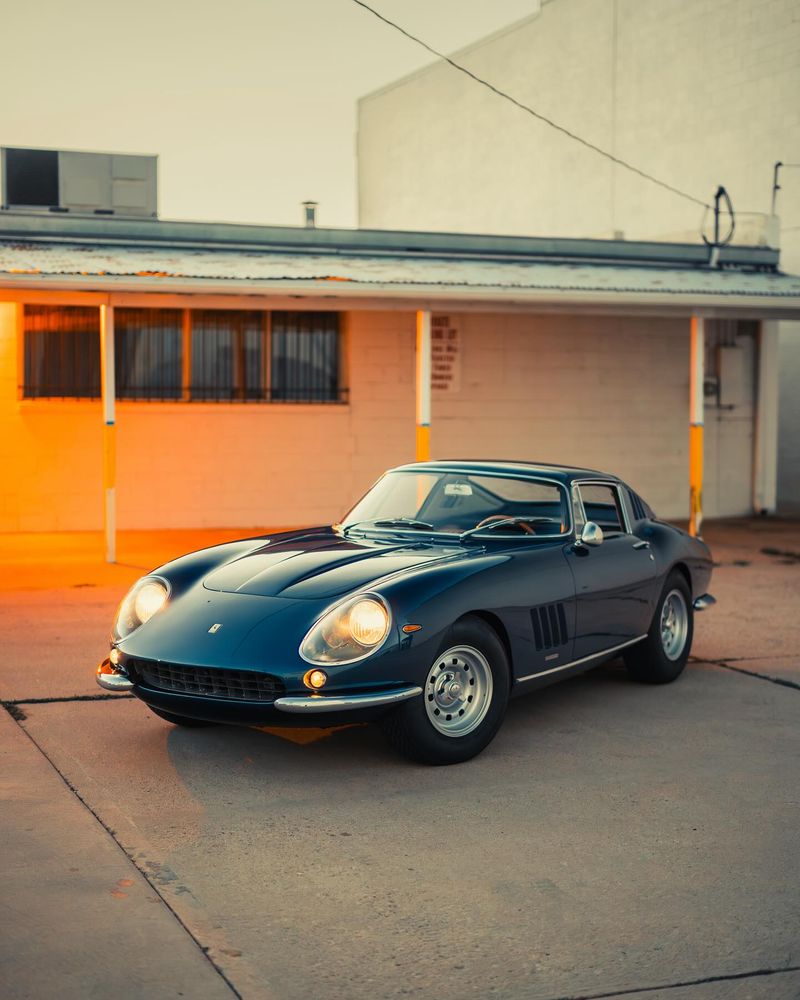
Voluptuous curves dominate this 1966 masterpiece, making the 275 GTB/4 the supermodel of its era. Marcello Gandini’s pencil never traced more seductive lines than those found on this long-nosed beauty.
Under the hood lurks a 3.3-liter V12 featuring four overhead camshafts—a mechanical marvel for its time. Steve McQueen owned one, cementing its cool factor forever.
The perfect blend of aggression and elegance, it represents the golden age of Ferrari design before the wedge-shaped era began.
3. Ferrari 330 P4
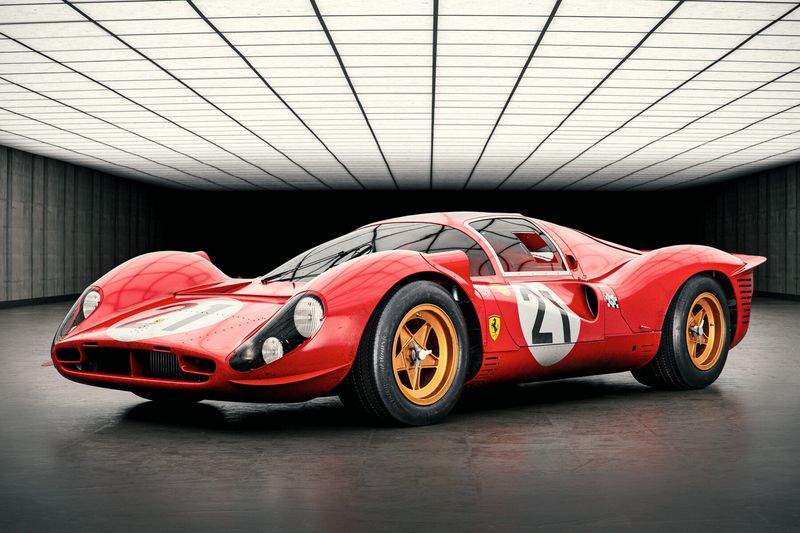
Born for the racetrack, the 330 P4 makes most sculptures look uninspired by comparison.
After being humiliated by Ford at Le Mans in 1966, Ferrari created this low-slung revenge weapon that screams speed even when parked.
Those sensuous curves weren’t just for show—they channeled air to keep the car planted at 200+ mph. Only four were built, and just three survive today.
The P4’s otherworldly beauty represents Ferrari at its most determined and artistic, creating rolling artwork that happened to win races.
4. Ferrari 288 GTO

Muscular haunches and purposeful aggression define the 288 GTO—the forgotten supercar that launched Ferrari’s modern era.
While the F40 gets more glory, this rarer beast (only 272 built) established the blueprint for all Ferrari halo cars that followed.
Originally designed for Group B racing before the series was canceled, it became the world’s first 300 km/h production car.
Twin turbos boosted its 2.8-liter V8 to ferocious heights, while those flared fenders and NACA ducts created a perfect marriage of function and form.
5. Ferrari F40
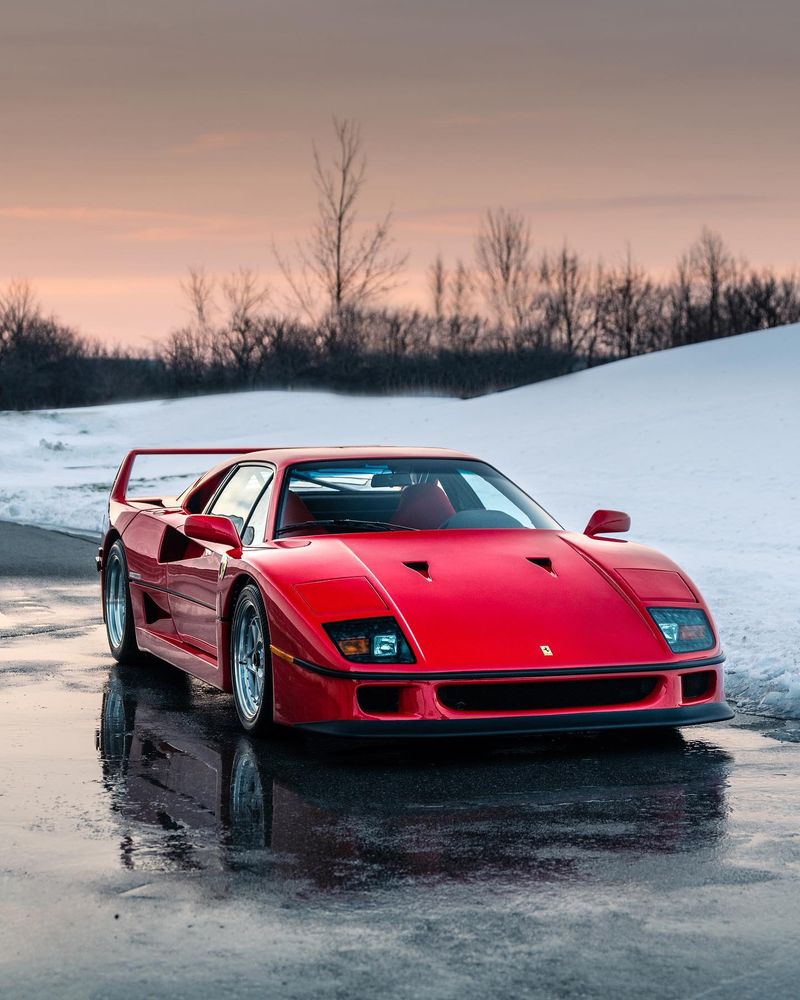
Raw, unfiltered automotive pornography—that’s the F40 in a nutshell.
The last car personally approved by Enzo Ferrari before he passed away became an instant icon with its unapologetic focus on speed above all else.
No carpets, no door handles, no compromise. Its carbon-kevlar body pioneered materials still used in supercars today.
Those massive NACA ducts, that towering rear wing, and the clear-as-day engine cover showing off its twin-turbo V8 created a visual punch that still drops jaws three decades later.
6. Ferrari F355

Pininfarina’s pencil rarely sketched more perfectly balanced proportions than those found on the F355.
After the somewhat awkward 348, Ferrari returned to form with this mid-90s stunner that still looks contemporary today.
Those side strakes channel air to the mid-mounted V8, which sings to 8,500 rpm with a soundtrack that borders on spiritual experience.
The F355 marked Ferrari’s transition into modernity while maintaining classical beauty—no small feat. GTA Vice City players will recognize this shape instantly from countless virtual joyrides.
7. Ferrari 458 Italia

Pininfarina outdid themselves when penning the 458, creating a modern masterpiece that makes most other cars look like they’re trying too hard.
Those flowing lines hide clever aerodynamics that eliminate the need for gaudy wings or splitters.
Triple tailpipes arranged in Formula 1 style hint at its racing pedigree. The interior’s driver-focused cockpit puts every control at your fingertips.
Widely considered the last of the pure, naturally-aspirated V8 Ferraris, the 458 represents peak modern design before turbocharging and hybrid systems became mandatory.
8. Ferrari F12berlinetta
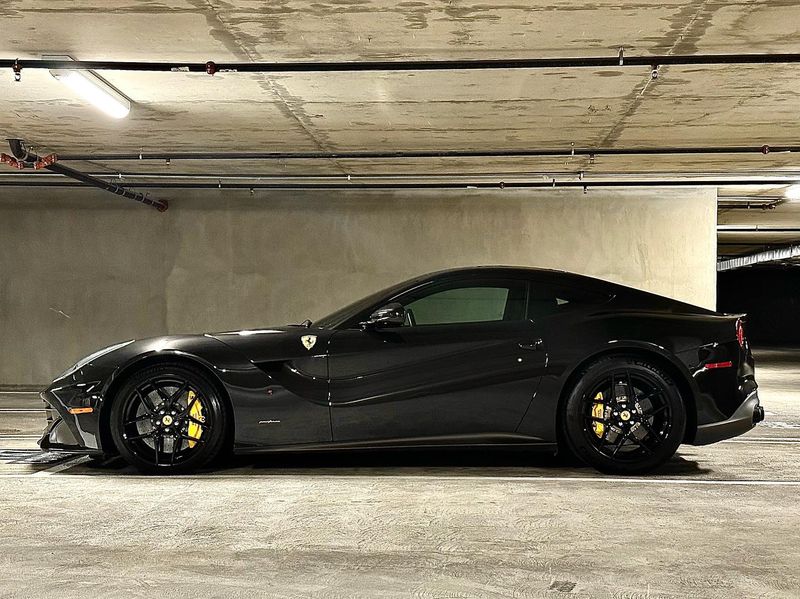
Brutally beautiful describes the F12berlinetta perfectly—a front-engined monster housing Ferrari’s most powerful naturally aspirated V12 ever at its launch.
Those hood aero bridges aren’t just for show; they generate downforce while creating visual drama. Flavio Manzoni’s design team created a masterclass in tension and release with this shape.
Long hood, short deck proportions harken back to classic GTs while the aggressive aero channels and scalloped sides thrust it firmly into the future.
It’s the automotive equivalent of a perfectly tailored Italian suit hiding the muscles of an Olympic sprinter.
9. Ferrari 812 Superfast

With a name as subtle as a sledgehammer, the 812 Superfast backs up its boastful moniker with lines that flow like liquid metal.
Ferrari’s design team sculpted a shape that manages to be both classically proportioned and thoroughly modern.
That fastback profile channels the legendary 365 GTB/4 Daytona while adding contemporary aggression. Full-width taillights create a visual spectacle at night.
Housing a naturally-aspirated 6.5-liter V12 pushing 800 horsepower, the 812’s beauty lies in how it disguises its ferocious performance potential beneath flowing bodywork that never shouts for attention.
10. Ferrari Daytona (365 GTB/4)
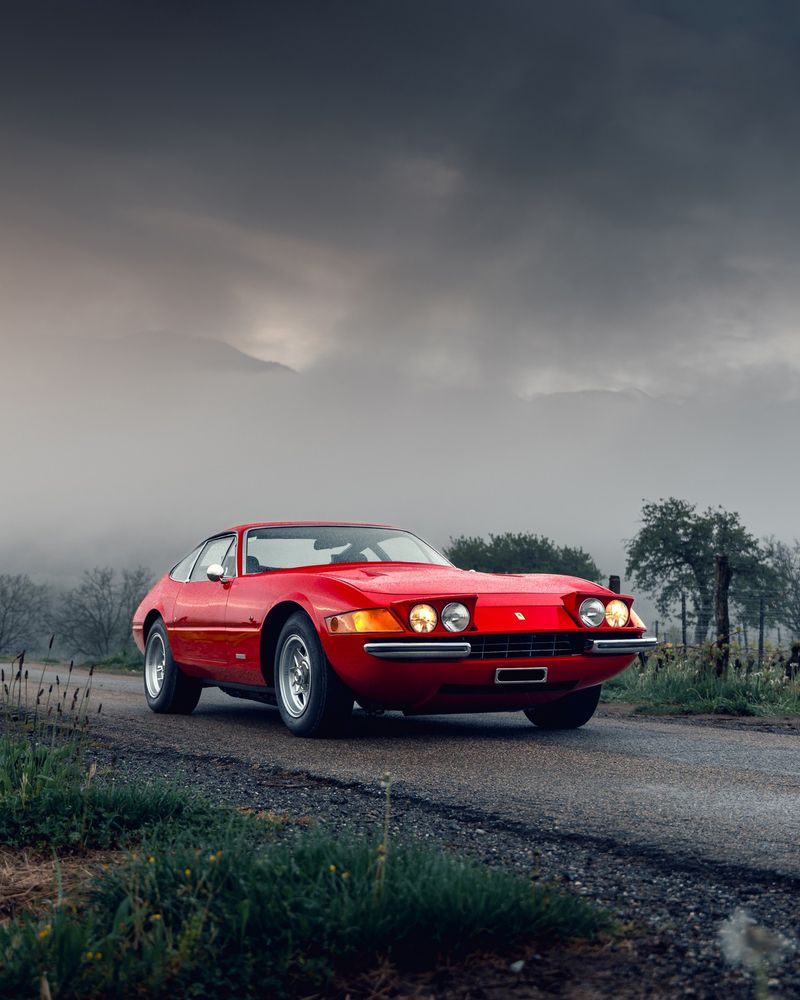
Shark-nosed aggression defines the Daytona, a car so cool that Don Johnson’s character in Miami Vice had a replica (much to Ferrari’s dismay).
Those pop-up headlights and dramatically long hood created an instantly recognizable silhouette. Leonardo Fioravanti’s design for Pininfarina broke Ferrari tradition with its sharp edges and wedge profile.
Named unofficially after Ferrari’s 1-2-3 finish at the 1967 Daytona race, this grand tourer could hit 170mph when most cars struggled to reach half that speed.
The perfect blend of Italian elegance and American-inspired muscle car attitude.
11. Ferrari 250 GT Lusso
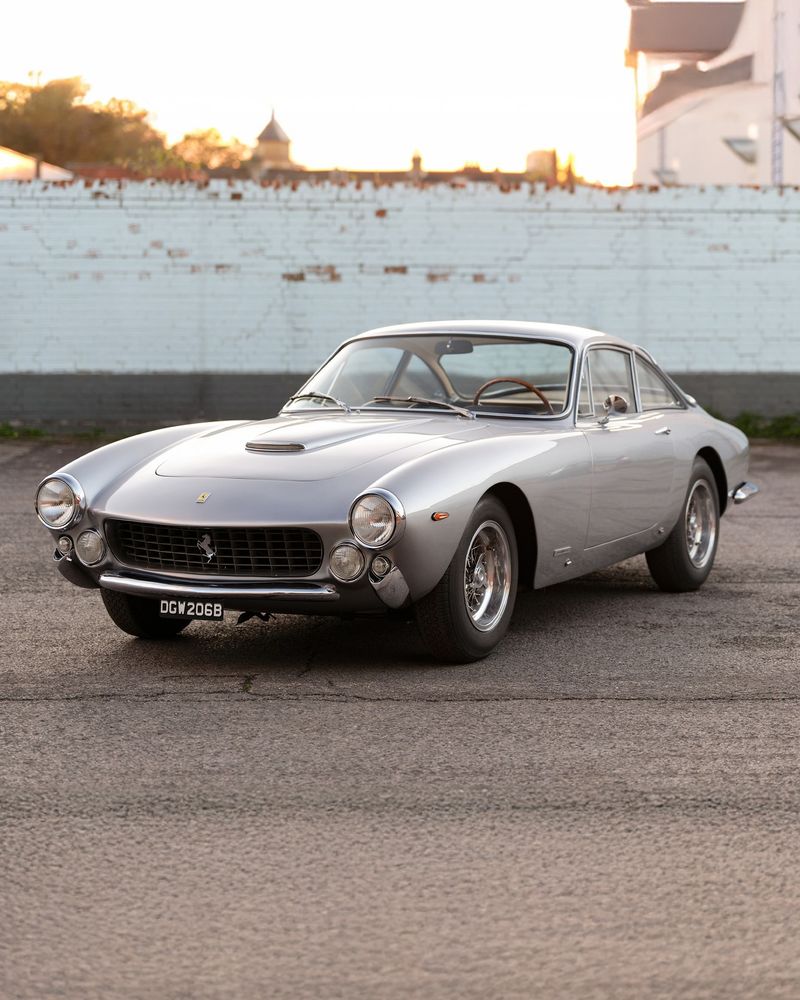
Elegance personified, the Lusso represents Ferrari at its most restrained and sophisticated.
Steve McQueen owned one in brown—a color choice that would look ridiculous on lesser cars but somehow perfect on this timeless GT.
Pininfarina created magic with that greenhouse—thin pillars supporting an airy cabin that appears to float above the curvaceous body.
The delicate details like recessed headlights and that subtle Kamm tail make it the gentleman’s Ferrari.
Unlike its racier siblings, the Lusso prioritized comfort and style, becoming the ultimate expression of 1960s grand touring luxury.
12. Ferrari Enzo
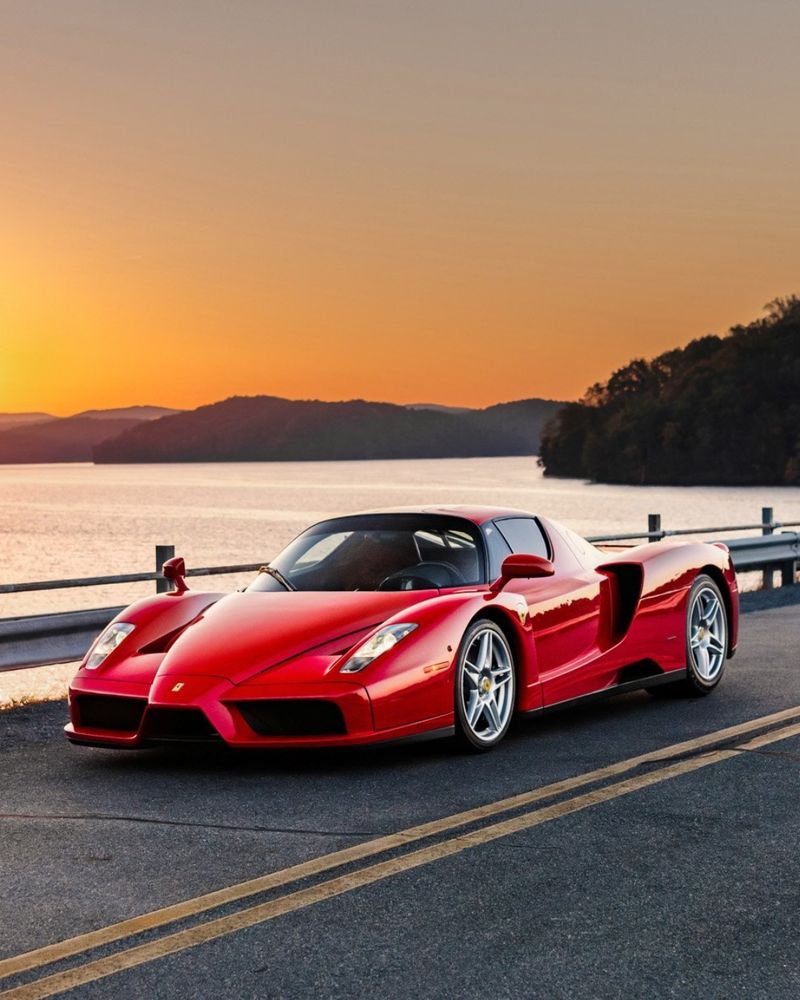
Formula 1 technology for the street never looked so dramatic. Named after the company’s founder, the Enzo eschewed conventional beauty for purpose-driven design that screamed performance from every angle.
Those scissor doors and that razor-sharp nose cone came straight from Ferrari’s racing division. Air management dictated every curve and scoop.
Designer Ken Okuyama created controversy with this shape when unveiled in 2002, but time has proven its brilliance.
The Enzo represents Ferrari at its most uncompromising—form following function to create accidental beauty through engineering excellence.
13. Ferrari Monza SP2
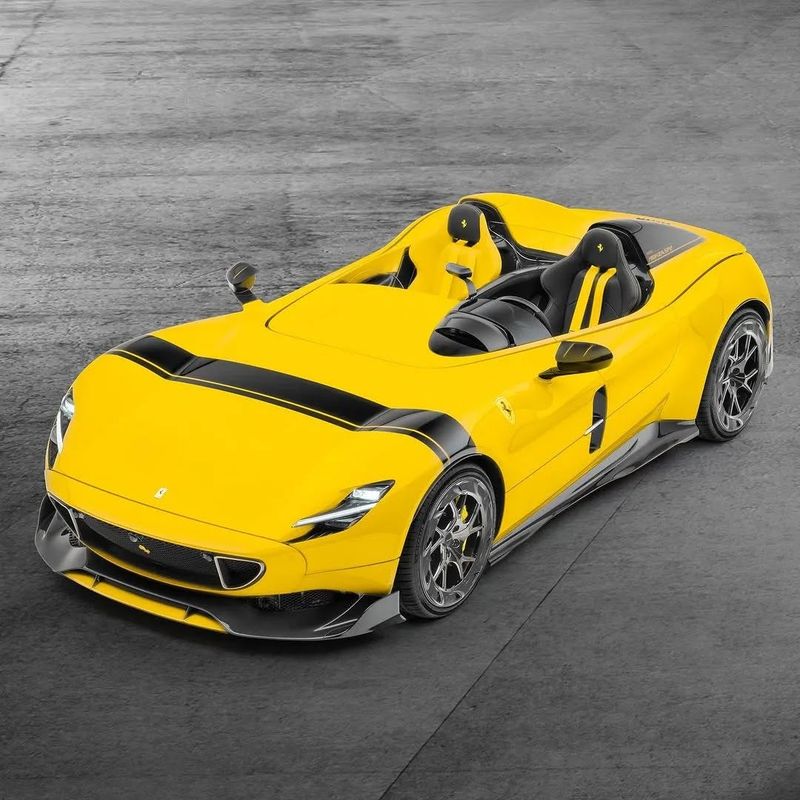
Retro-futurism at its finest—the Monza SP2 reimagines Ferrari’s 1950s barchettas with modern technology and no windshield.
This roofless wonder creates a visual time warp that somehow looks both vintage and from the future.
Limited to just 499 examples, the SP2 features a carbon fiber body with twin cockpits separated by a spine running the length of the car.
Ferrari’s Icona series kicked off with this beauty, proving that sometimes looking backward creates the most forward-thinking designs.
The ultimate hair-dryer with 810 horsepower and styling that makes onlookers weak at the knees.
14. Ferrari LaFerrari

Hybrid hypercars rarely look this good. While competitors Porsche and McLaren created technically impressive machines, Ferrari crafted automotive artwork with the LaFerrari—a name that initially raised eyebrows but now seems perfectly fitting.
Those butterfly doors reveal a cockpit with a fixed seat (the pedals and wheel move instead).
Flavio Manzoni’s design team created flowing organic shapes that channel air without resorting to the obvious wings and scoops of lesser supercars.
The LaFerrari’s beauty lies in its restraint—achieving 1,000+ horsepower without looking like it’s trying too hard.
